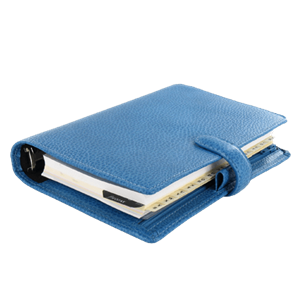Overview
Manhattan plastic surgeon, Dr. Sherrell J. Aston, performs cheek augmentation surgery for individuals who desire a more youthful and defined mid-face. Cheek implants are most useful for individuals who lack adequate prominence of the cheekbones related to the way that their facial architecture developed. Fat injections or filler substances can also be used to increase cheekbone contour, but the results are temporary. Silicone cheek implants, which are placed through a small incision inside the mouth, can produce excellent cheek contour and the results will be permanent. In some patients, the cheekbones are asymmetrical and Dr. Aston carves the cheek implants individually to correct the asymmetry.
Surgical Technique
Cheek implants are placed through a small incision in the mouth and positioned directly on the malar bone. Implants can vary in type, size, and shape depending on the analysis of the cheek structure. Listed below are the common methods used for cheek augmentation techniques:
SILICONE IMPLANTS
Silicone is a permanent solution to add volume to the cheeks with a variety of shapes and sizes that match the patient’s preference. The surgeon will consider the silicone shape and size as well as the definition the implant will provide. This type of silicone is unlike the silicone gel found in breast implants as it is in solid form.
POROUS POLYTHYLENE
Another popular implant option is porous polyethylene, which is also inserted the same way as a silicone implant. Because the material is porous, it shapes naturally according to the cheek’s internal contours. This type of implant also attaches to the bones and tissues and allows tissue to grow into it, further adjusting it to the cheek’s natural form. A disadvantage with this implant is because of this tissue integration; it is quite difficult to remove the implant should the patient want it taken out.
HYALURONIC ACID
This is a natural occurring substance within the body and often found in the connective tissue. It is processed as an injectable filler for medical purposes, including cosmetic surgery. The least invasive of all procedures, the filler is injected in deep layers within the mid-face area. While most fillers create beautiful, natural results, the outcome is not permanent. Most fillers will last approximately 6 – 12 months.
FAT GRAFTING
Another natural substance that can be injected into the mid-face to enhance volume is the patient’s own fat tissues, harvested from donor sites using liposuction and then re-injected into the cheeks. Fat can also be absorbed by the body over time, so similar to an injectable filler, this option does not create a permanent result.
Cheek Augmentation Reviews
During/After Surgery
Cheek augmentation is done as an outpatient procedure with the use of general or local anesthesia. It is performed in an accredited surgical facility and normally takes up to 1 hour to complete. Bruising, swelling, and numbness are a part of the immediate recovery and usually subside within the second week. Although the result is instantly noticeable, over the course of a few months as the implant settles into its new position, the results will become softer and more natural.

Cheek Implant FAQs
IMPLANTS OR FILLERS?
Generally, both have long-standing records when it comes to safety. The major concern that many patients have is how permanent the results are. Injectable fillers are mostly temporary. As these are manufactured from natural substances, a great volume of the filler is absorbed by the body. Silicone implants are made solid, which renders them more permanent than the other materials.
NATURAL RESULTS?
Initially, the face will feel stretched and tight as the implants settle into its position. This is normal and the sensation will gradually disappear until a month passes. It is important to find a plastic surgeon that has a good track record in performing facial procedures to ensure that the results will be according to the patient’s aesthetic goals.
WILL THERE BE SCARS?
Since the incisions are made within the mouth and underneath the upper lip, the scars will not be visible. The sutures will dissolve on their own.

